| |
|
|
Botanical Name |
: |
Sesamum indicum Linn. |
English
Name |
: |
Gingelly, sesame, sesamum, simsim, tahini |
Synonym(s) |
: |
Sesamum orientale L., Sesamum trifoliatum, Sesamum luteum. |
Family |
: |
Pedaliaceae |
| |
General Info
| Description |
 |
|
It is an erect, much-branched and glandular-pubescent annual herb with 30 to 60 cm height. Leaves are oblong or ovate and 7.5 to 12.5 cm long; lower ones long, petioled, tri-foliate or palmatisect and upper ones short-petioled and narrowly oblong with a rounded or acute base. The flowers are 1 to 3 together in the leaf-axils, often forming, terminal and leafly racemes. Bracteoles are inserted at the base of the pedicels and subulated. Calyx is 0.5 to 0.6 cm long and acute hairy. Corolla is white or suffused with violet colour and hairy outside. The fruits are 1.5 to 3.0 cm long capsules, which are erect, hispid and smooth or rugose. |
| Herb Effects |
 |
|
Emollient, diuretic, lactagogue, aphrodisiac, analgesic. |
Chemistry
| Active Ingredients |
 |
|
Alpha-linolenic acid, alpha-tocopherol, arginine, asarinin, aspartic acid, beta-carotene, beta-sitosterol, biotin, choline, folacin, glucose, glutamic acid, glycine, guaiacol, inositol, lecithin, linoleic acid, methionine, myristic acid, niacin, oleic acid, palmitic acid, pantothenic acid, phenylalanine, pyridoxine, sesamin, stearic acid, thiamin, tryptophan, tyrosin (seeds); caffeic acid, ferulic acid, p-coumaric acid (fruit); chlorogenic acid, protocatechuic acid, riboflavin (leaf) |
| Chemistry
of Active Ingredients |
 |
|
|
 |
Name |
CAS# |
IUPAC Name |
Formula |
Structure |
 |
|
| Thiamine |
67-03-8 |
2-[3-[(4-amino-2-met
hyl-pyrimidin-5-yl)m
ethyl]-4-methyl-1-th
ia-3-azoni
acyclope
nta-2,4-dien-5-yl]et
hanol |
C12H17N4OS+ |

|
| Niacin |
99148-57-9 |
Pyridine-3-carboxyli
c acid |
C6H5NO2 |
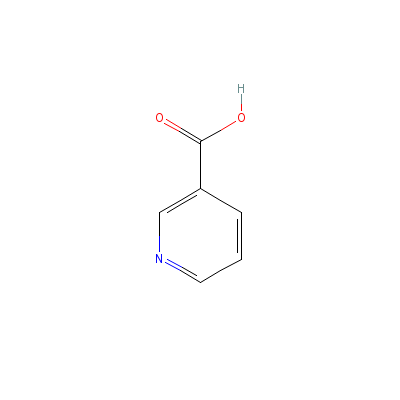
|
| Sesamin |
Not Available |
5-(2-benzo[1,3]dioxo
l-5-yl-3,7-dioxabicy
clo[3.3.0]oct-6-yl)b
enzo[1,3]d
ioxole |
C20H18O6 |
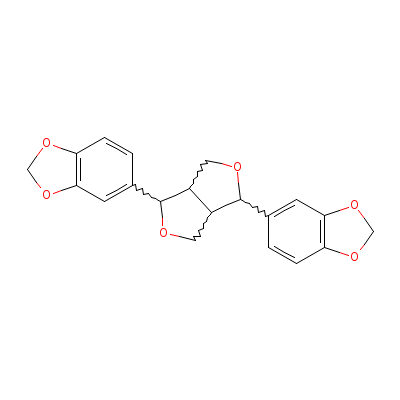
|
| Oleic acid |
8046-01-3 |
octadec-9-enoic acid |
C18H34O2 |
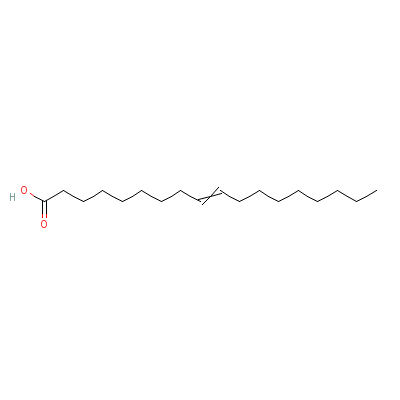
|
| Linoleic acid |
8024-22-4 |
Octadeca-9,12-dienoi
c acid |
C18H32O2 |
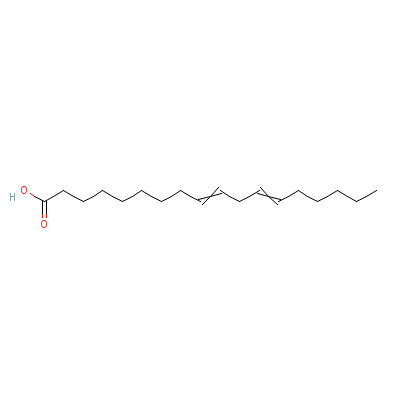
|
| alpha-Linolenic acid |
94138-91-7 |
octadeca-9,12,15-tri
enoic acid |
C18H30O2 |

|
| Alpha-tocopherol |
364-50-1 |
2,5,7,8-tetramethyl-
2-(5,9,13-trimethylt
etradecyl)chroman-6-
ol |
C30H52O2 |
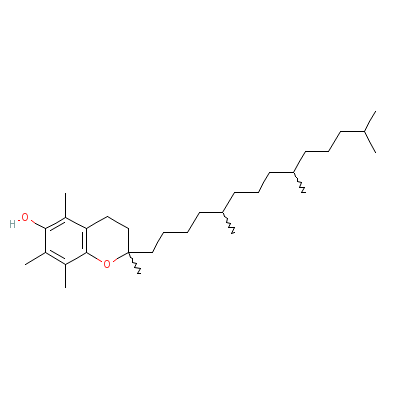
|
| Arginine |
7004-12-8 |
2-amino-5-guanidino-
pentanoic acid |
C6H14N4O2 |
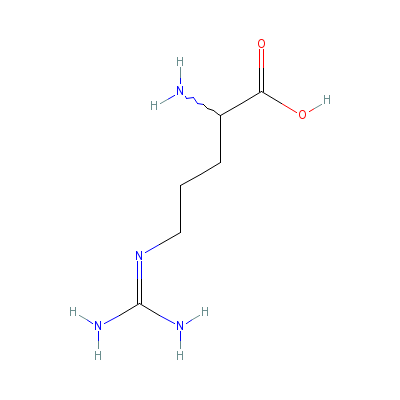
|
| Asarinin |
133-04-0 |
5-(8-benzo[1,3]dioxo
l-5-yl-3,7-dioxabicy
clo[3.3.0]oct-4-yl)b
enzo[1,3]d
ioxole |
C20H18O6 |
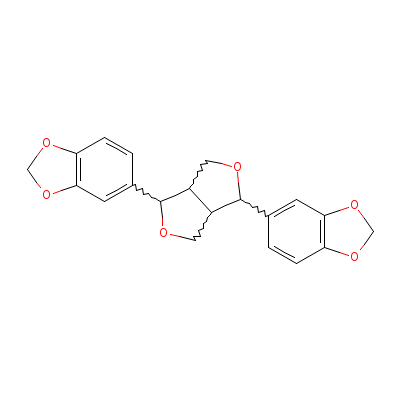
|
| Aspartic acid |
6899-03-2 |
2-aminobutanedioic
acid |
C4H7NO4 |
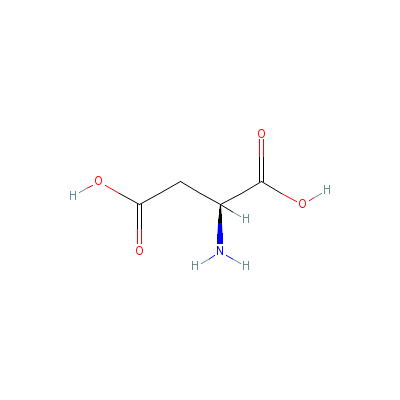
|
| beta-Carotene |
Not Available |
3,7,12,16-tetramethy
l-1,18-bis(2,6,6-tri
methyl-1-cyclohexeny
l)-octadec
a-1,3,5,
7,9,11,13,15,17-nona
ene |
C40H56 |

|
| Beta-sitosterol |
5779-62-4 |
17-(5-ethyl-6-methyl
-heptan-2-yl)-10,13-
dimethyl-2,3,4,7,8,9
,11,12,14, |
C29H50O |
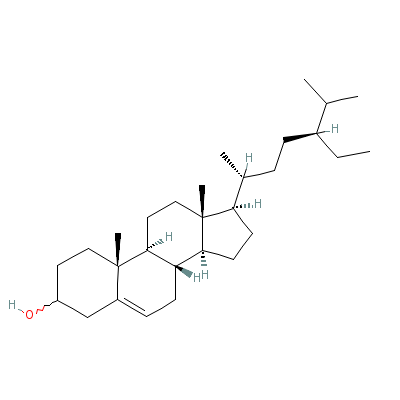
|
| Biotin |
58073-87-3 |
5-(7-oxo-3-thia-6,8-
diazabicyclo[3.3.0]o
ct-2-yl)pentanoic
acid |
C10H16N2O3S |
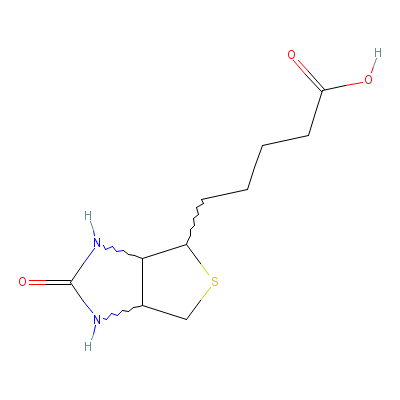
|
| Choline |
67-48-1 |
2-hydroxyethyl-trime
thyl-ammonium |
C5H14NO+ |
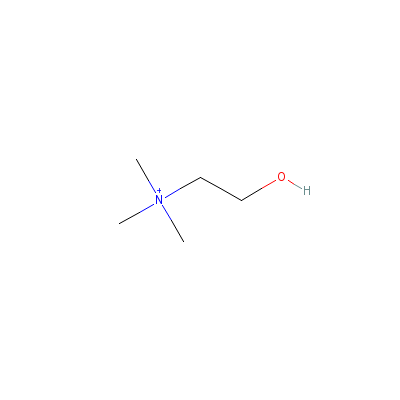
|
| Folacin |
6484-89-5 |
2-[4-[(2-amino-4-oxo
-1H-pteridin-6-yl)me
thylamino]benzoyl]am
inopentane
dioic
acid |
C19H19N7O6 |
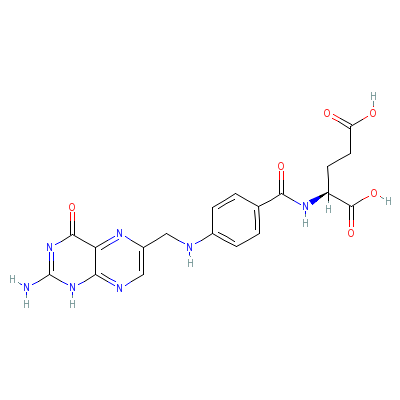
|
| Glucose |
8030-23-7 |
(3R,4S,5R,6R)-6-(hyd
roxymethyl)oxane-2,3
,4,5-tetrol |
C6H12O6 |
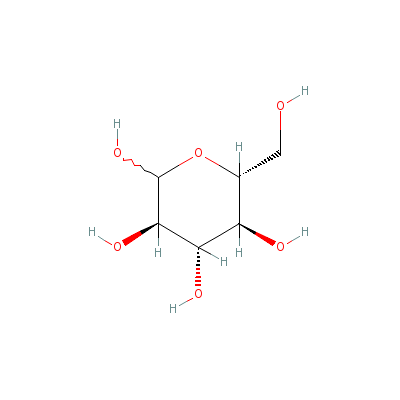
|
| Glutamic acid |
Not Available |
2-aminopentanedioic
acid |
C5H9NO4 |
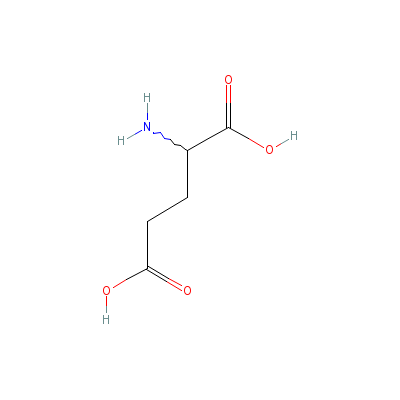
|
| Glycine |
87867-94-5 |
2-aminoacetic acid |
C2H5NO2 |
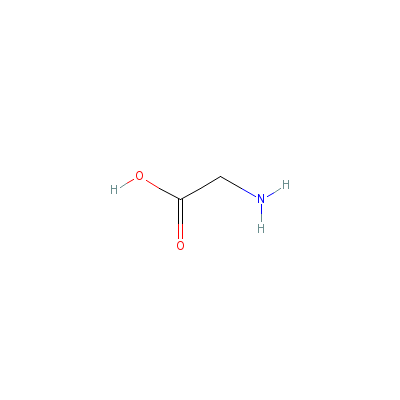
|
| Guaiacol |
90-05-1 |
2-methoxyphenol |
C7H8O2 |
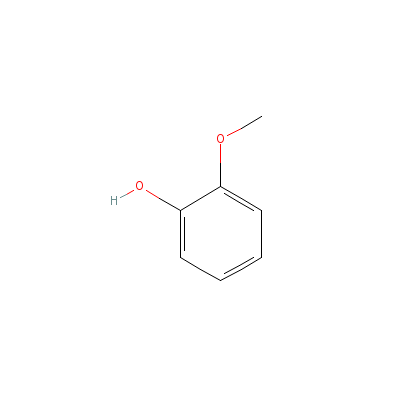
|
| Inositol |
551-72-4 |
cyclohexane-1,2,3,4,
5,6-hexol |
C6H12O6 |
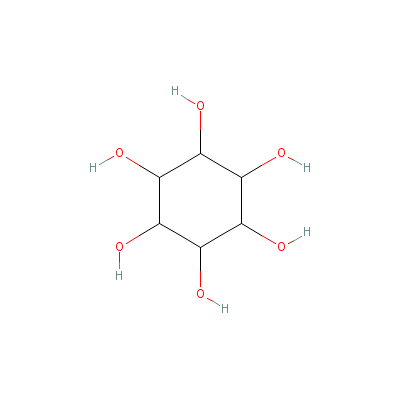
|
| Lecithin |
8057-53-2 |
Not Available |
Not Available |
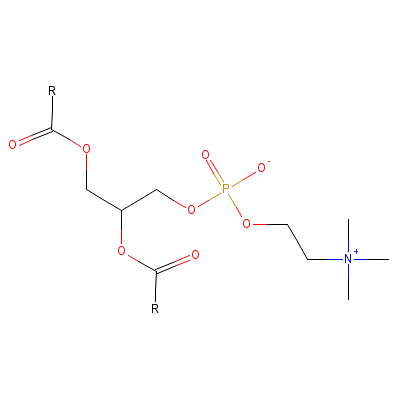
|
| Linoleic acid |
8024-22-4 |
Octadeca-9,12-dienoi
c acid |
C18H32O2 |

|
| Methionine |
348-67-4 |
2-amino-4-methylsulf
anyl-butanoic acid |
C5H11NO2S |
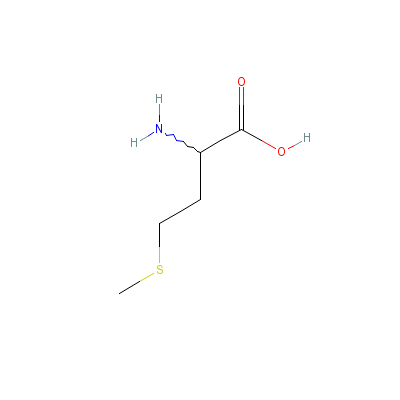
|
| Myristic Acid |
Not Available |
Hexane |
C6H14 |

|
| Palmitic acid |
66321-94-6 |
Hexadecanoic acid |
C16H32O2 |
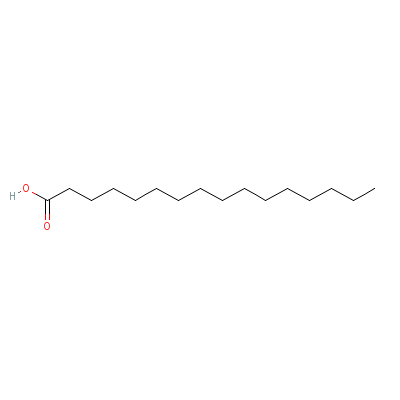
|
| Pantothenic acid |
599-54-2 |
3-[(2,4-dihydroxy-3,
3-dimethyl-butanoyl)
amino]propanoic acid |
C9H17NO5 |

|
| Phenylalanine |
3617-44-5 |
2-amino-3-phenyl-pro
panoic acid |
C9H11NO2 |

|
| Pyridoxine |
58-56-0 |
4,5-bis(hydroxymethy
l)-2-methyl-pyridin-
3-ol |
C8H11NO3 |
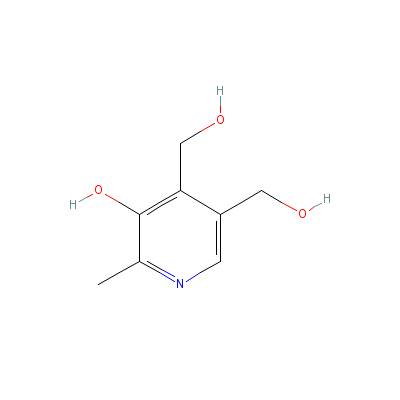
|
| Stearic acid |
82497-27-6 |
octadecanoic acid |
C18H36O2 |

|
| Tryptophan |
80206-30-0 |
2-amino-3-(1H-indol-
3-yl)propanoic acid |
C11H12N2O2 |

|
| Tyrosine |
556-02-5 |
2-amino-3-(4-hydroxy
phenyl)-propanoic
acid |
C9H11NO3 |
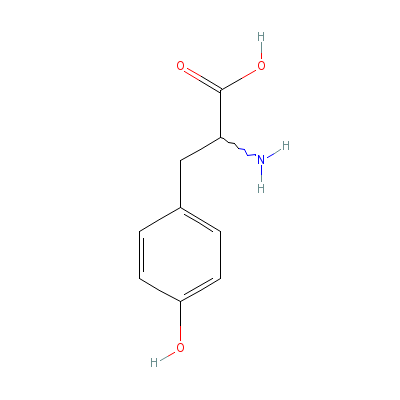
|
| Caffeic acid |
Not Available |
3-(3,4-dihydroxyphen
yl)prop-2-enoic acid |
C9H8O4 |
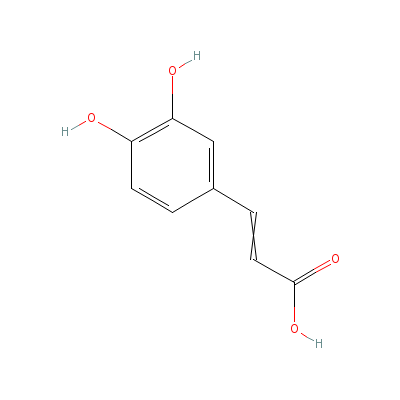
|
| Ferulic acid |
24276-84-4 |
3-(4-hydroxy-3-metho
xy-phenyl)prop-2-eno
ic acid |
C10H10O4 |
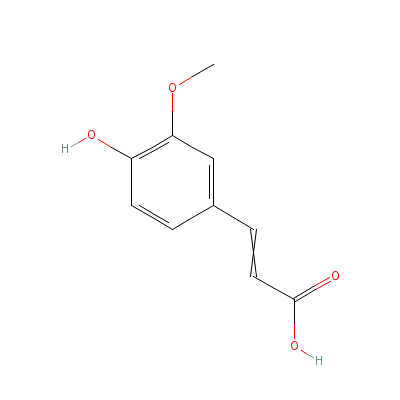
|
| P-coumaric acid |
501-98-4 |
3-(4-hydroxyphenyl)p
rop-2-enoic acid |
C9H8O3 |
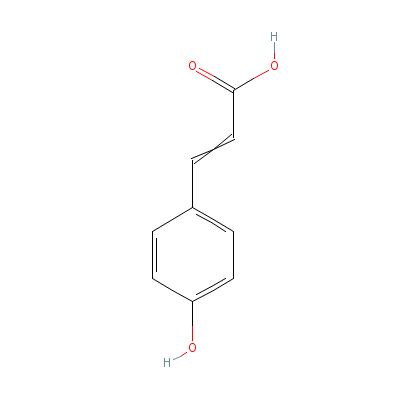
|
| Chlorogenic acid |
327-97-9 |
3-[3-(3,4-dihydroxyp
henyl)prop-2-enoylox
y]-1,4,5-trihydroxy-
cyclohexan
e-1-carb
oxylic acid |
C16H18O9 |
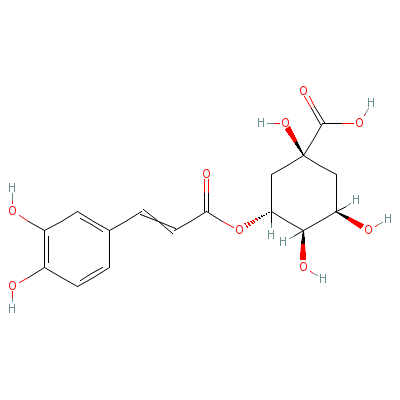
|
| Protocatechuic acid |
5417-95-8 |
N,N-diethyl-N'-(2,4,
8,9-tetrazabicyclo[4
.3.0]nona-2,4,7,10-t
etraen-5-y
l)propan
e-1,3-diamine |
C12H20N6 |
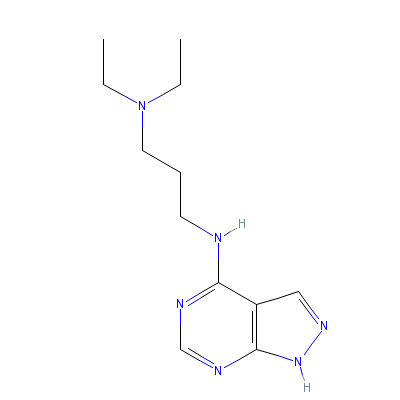
|
| Riboflavin |
Not Available |
Not Available |
C17H21N4O9P |
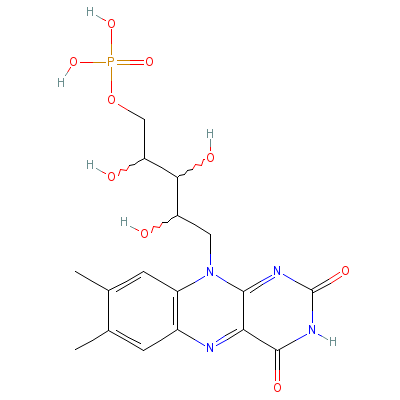
|
|
Pharmacology
| Medicinal Use |
 |
|
Used in piles and a decoction of them is used as emmenagogue, on ulcers, in dysentery, infantile cholera and diarrhoea, in urinary complaints in combination with other medicines, acute cystitis, strangury, early rheumatism, used internally in catarrhal affections of kidney and urinary bladder and externally, are applied on ophthalmic and skin problems (fresh leaves); helps to prevent gall and kidney stones (seeds). |
| Contraindication |
 |
|
Large doses may cause abortion. |
Dealers
Products
|
|